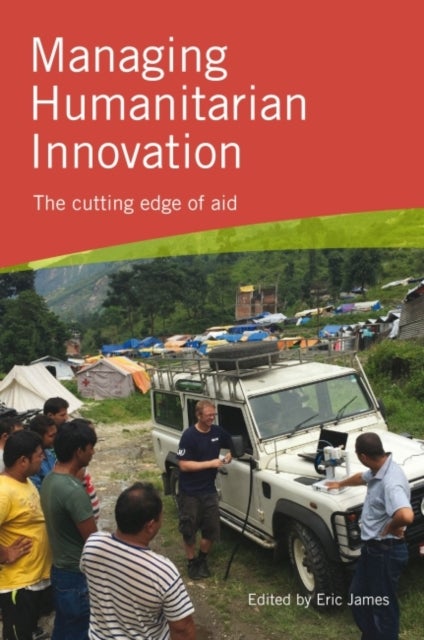
Managing Humanitarian Innovation
339,-
The challenges facing humanitarian logistics are huge. Refugee camps present enormously challenging environments in which sudden spikes in demand, difficult to access locations, disruptions due to conflict or disasters, as well as normal supply chain problems are commonplace. This means that orders for medical and other supplies can take weeks and sometimes months to fulfil, severely impeding humanitarian operations. There is also a lack of or slow adoption of technology routinely used elsewhere. In addition, humanitarian logistics are also expensive. When customs clearance, transportation, storage, middlemen and administration are added in, the costs of basic items are often exorbitant.Managing Humanitarian Innovation presents a new approach that is beginning to transform the way humanitarian logistics are conducted. Innovation in logistics includes disrupting and improving supply chains through the use of technology, especially 3D printers, and engaging people to manage this approach








